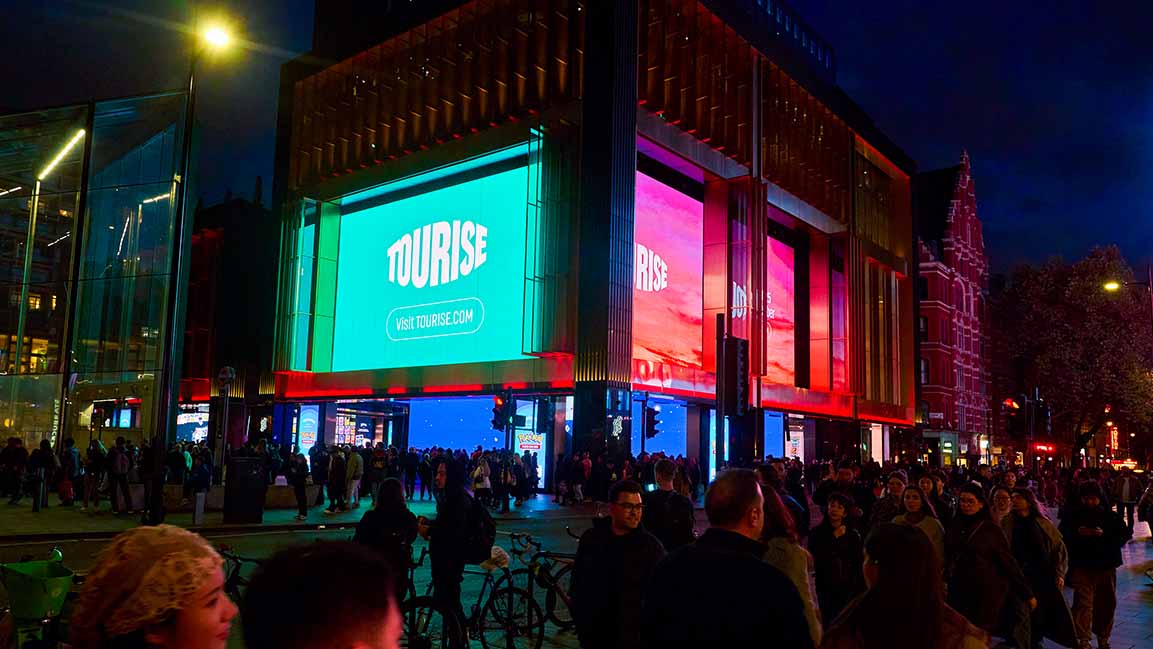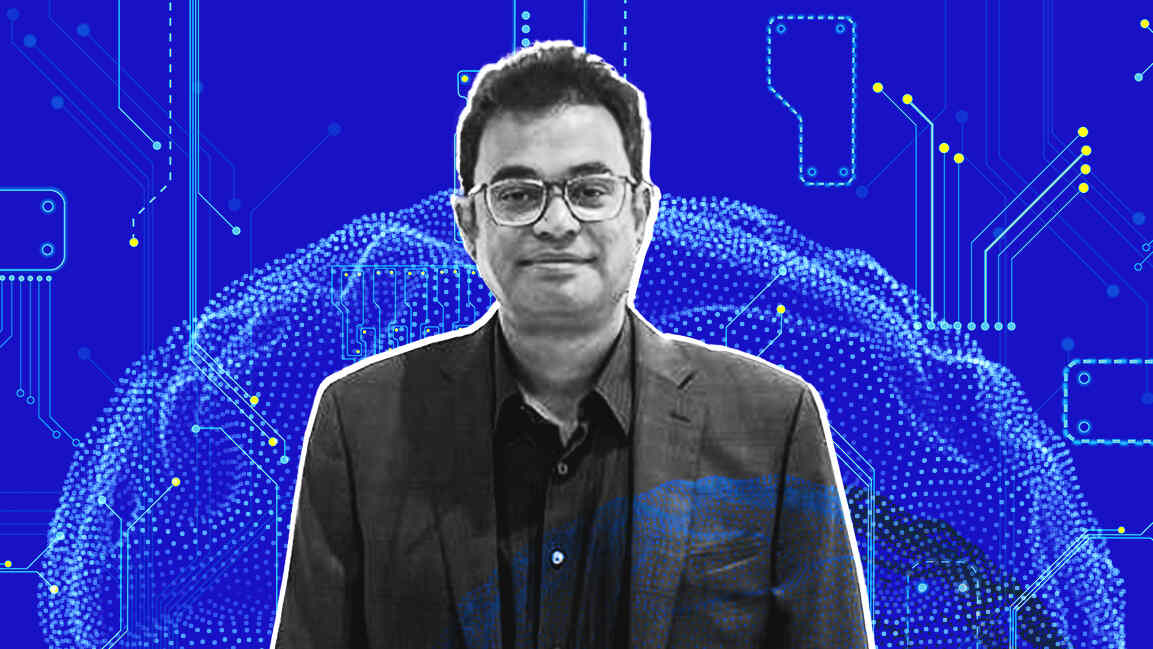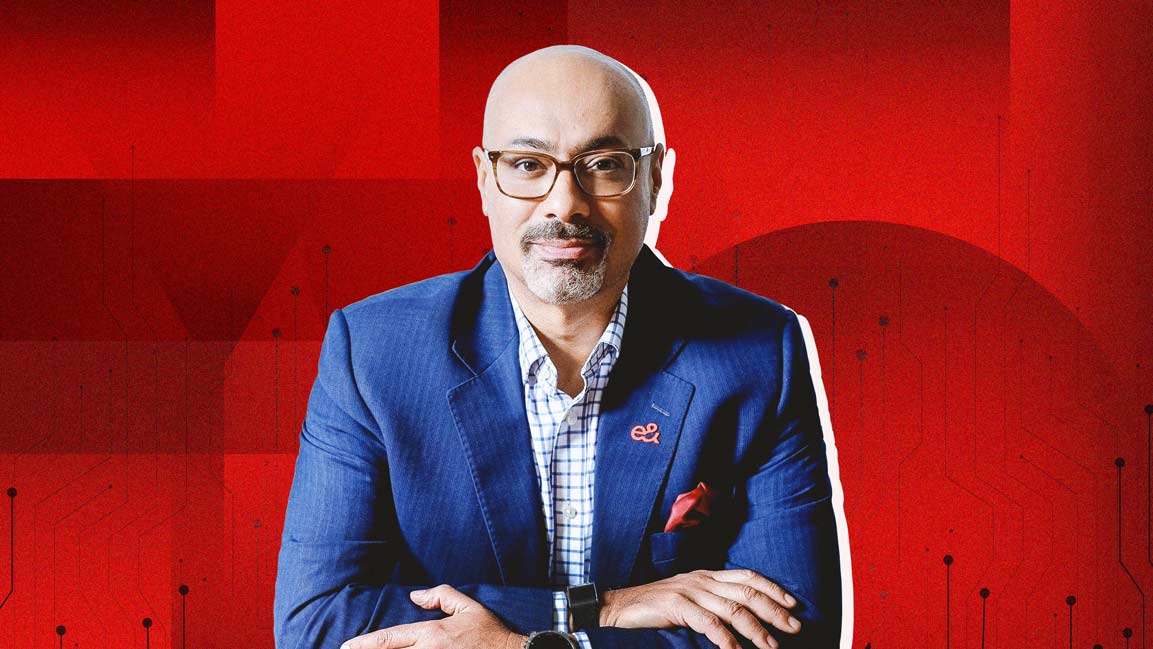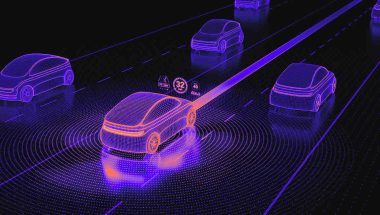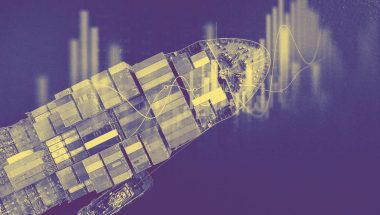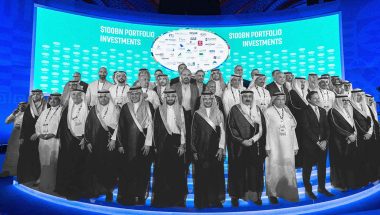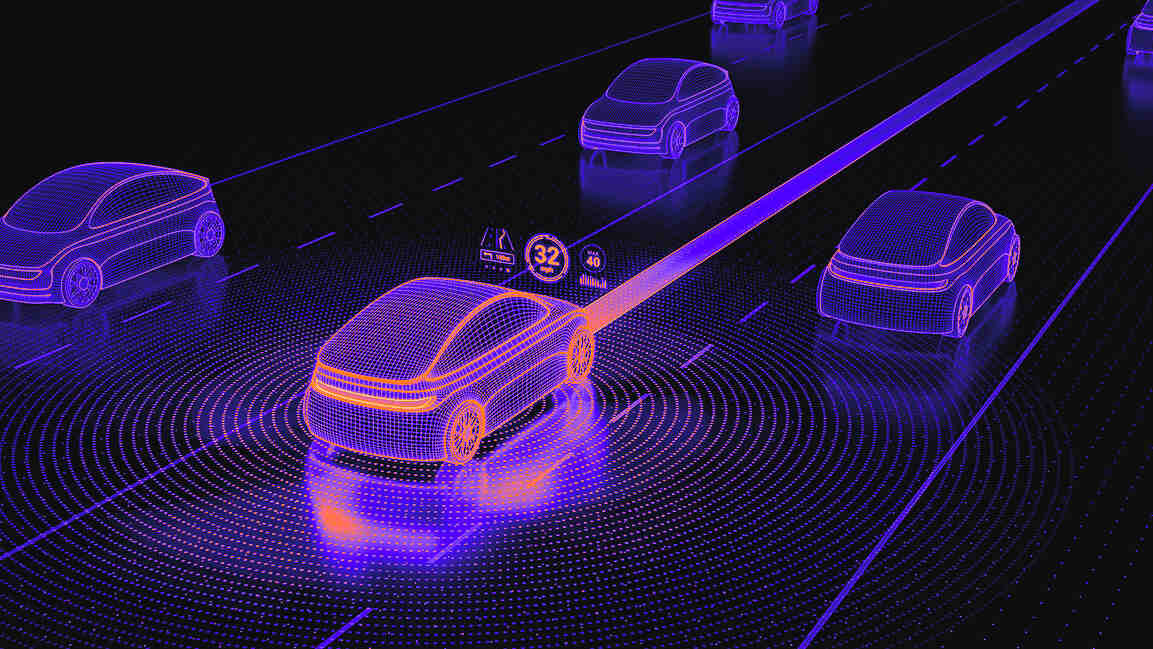- | Cisco
No AI without a robust network, and no effective network without AI, says Cisco’s David Meads
David Meads, Vice President for Cisco Middle East, Africa, Türkiye, Romania, and CIS discusses how the enterprise’s technologies and initiatives are enabling organizations to enhance connectivity, securely optimize operations, and adopt advanced digital solutions.
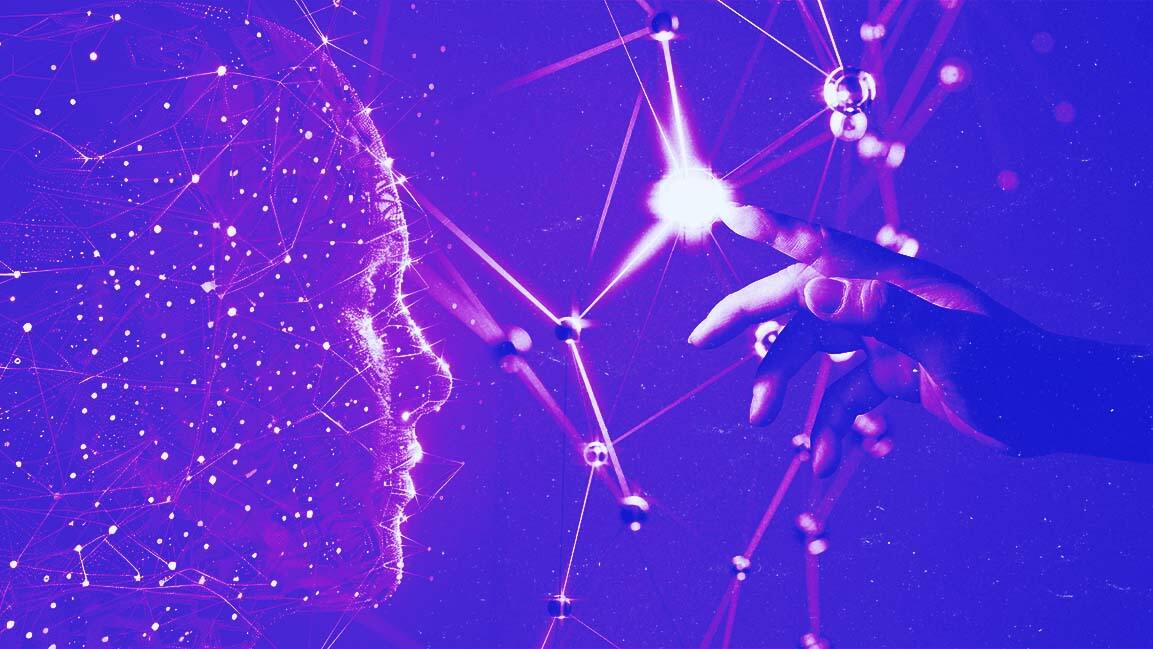
Forward-thinking organizations, like enterprise technology titan Cisco, are demonstrating how innovation can catalyze technological advancement and positive social impact. Over the years, Cisco’s remarkable success story, while focusing on future advancements, has proven that technological advancement is not mutually exclusive in terms of social impact, sustainability, and security.
The company is at the forefront of a digital transformation, harnessing innovative technology to foster sustainable, secure, and inclusive innovation ecosystems. Following over 1,600 active or completed projects across 50 countries, the Cisco Country Digital Acceleration (CDA) Program is a key driver of this effort. David Meads, Vice President for Cisco Middle East, Africa, Türkiye, Romania, and CIS, highlights the program’s regional impact and role in advancing national visions across the Middle East.
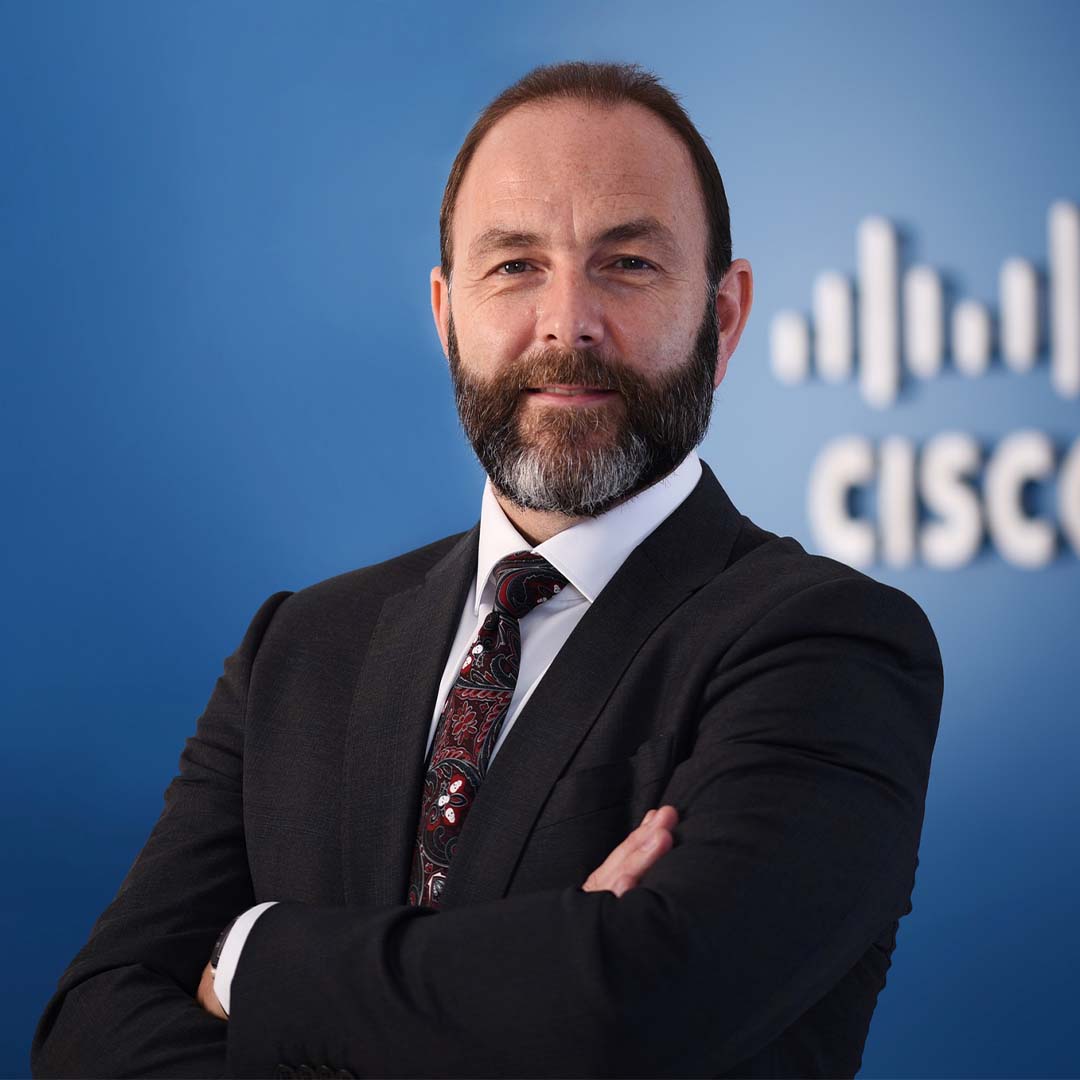
David Meads, Vice President for Cisco Middle East, Africa, Türkiye, Romania, and CIS
“Through the CDA program, Cisco partners with national leadership, industry and academia to co-invest in proof-of-concept projects that enhance economic contributions,” says Meads. “From government services to commercial industries, we are collaborating on projects that accelerate digitization in economies like the UAE, Saudi Arabia, and beyond.”
In the UAE, Cisco has completed more than 26 CDA projects spanning sectors such as healthcare, tourism, transportation, and education. Similarly, in Saudi Arabia, the program has delivered 20 transformative initiatives, including advancements in smart cities and government digitization.
AI AT THE CORE OF INNOVATION
Artificial intelligence (AI) is transforming industries, with the Middle East taking a leading role in innovative applications, as Meads explains.
“When I returned to the region earlier this year, I was impressed by the decision to appoint Chief AI Officers across 22 government entities in Dubai. This is a bold commitment to the future,” he says. “In conversations with customers across various sectors, including logistics, transportation, and manufacturing, AI is always the starting point.”
Cisco’s AI-ready infrastructure is crucial in these conversations. “There is no AI without a robust network, and there is no effective network without AI,” notes Meads. “We built the internet, and now we are establishing the foundational network for AI.” Cisco’s portfolio, designed to enhance the security and efficiency of AI systems, includes solutions like Silicon One, which improves performance in AI data centers while reducing power consumption, supporting sustainability goals.
“We’re committed to achieving the goal of being net zero across all levels of our value chain by 2040,” says Meads. Explaining how an annual responsibility report, called the Cisco Purpose Report, keeps activities in the arena in check.
“We’ve been very focused on promoting the circular economy for many years. When technology reaches the end of its lifecycle, we help customers return it to ensure it gets recycled appropriately, aligning with our net-zero targets,” he says, adding that with technological advancement, Cisco is committed to improving sustainability.
While AI is changing the business world in many unforeseen ways, it’s already having one massive impact: voracious energy consumption. As more companies begin to roll out their next generation of AI, the focus is now shifting towards power consumption. Each new generation boosts computing performance and consumes more power than its predecessor.
As companies prepare for AI-ready data centers, Meads says, Cisco ensures that increased performance doesn’t equate to increased power consumption. “Instead, we focus on reducing power usage, making operations more sustainable. While technology will always rely on power, we are dedicated to ensuring that every advancement ultimately contributes to greater sustainability for our customers.”
IMPACTING CHANGE: THE CISCO NETWORKING ACADEMY
Amid technological advances, as the region accelerates its adoption of AI, IoT, and cloud computing, and governments and businesses push for smart city initiatives, digital economies, and innovation hubs, the demand for future-forward, tech-enabled talent is outpacing supply.
Cisco is bridging this gap by investing in workforce development through initiatives like the Cisco Networking Academy, one of the world’s longest-standing IT-skills-to-jobs programs.
Since its inception, the academy has trained over 4.3 million learners in the region Meads oversees, equipping them with skills across cybersecurity, networking, AI, data science, and many more.
“In the Middle East, we’re addressing the digital skills gap in a meaningful way. The UAE, for instance, boasts a remarkable 64% female participation rate in the academy.”
In 2024, over 1.1 million learners across the region benefited from the program, which partners with more than 5,600 instructors and 2,000 academies.
Cisco’s ambitions extend beyond the immediate future. By 2032, the company aims to train 25 million people globally, including 10 million in the Europe, Middle East, and Africa (EMEA) region. “We believe bridging the skills gap requires collaboration between governments, technology companies, and educational institutions,” Meads adds.
ADDRESSING CYBER THREATS
As organizations adopt AI and IoT, robust cybersecurity becomes paramount. However, Cisco’s Cybersecurity Readiness Index reveals that only 3% of global organizations have a ‘mature’ cybersecurity strategy in place.
“This is alarming,” Meads says. “Bad actors only need to succeed once, while organizations need to get it right every time.”
Cisco aims to change this with solutions like Hypershield, which embeds protection into every part of the network. “This approach allows organizations to protect down to the port level on a physical switch. No other company provides this capability.”
Looking ahead, Meads sees both opportunities and challenges in 2025, particularly with AI. “AI is already delivering transformative use cases, but it also expands the attack surface for cyber threats,” he warns. Balancing growth with security will be key as organizations navigate this new landscape.
By fostering partnerships, advancing skills development, and addressing security challenges, Cisco aims to empower the region to bridge the digital divide and unlock its full potential.
“The Middle East has the vision and momentum to lead in digital transformation, and we’re proud to be part of that journey,” Meads concludes.













